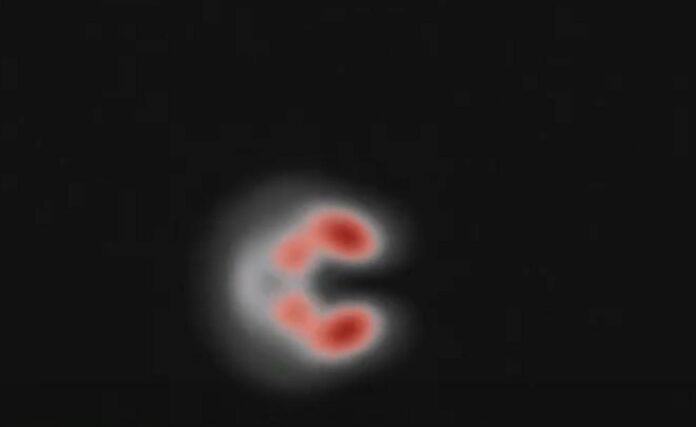The Invisible Becomes Visible: For the First Time, Quantum Computer Allows Scientists to Watch Molecules in Slow Motion
Can We Really Slow Down Time? A New Experient Reveals How Scientists Slowed Down the Chemical Dynamics From Femtoseconds to Milliseconds
For the very first time, researchers at the University of Sydney have harnessed the power of a quantum computer to manipulate and directly witness a pivotal process within chemical reactions, dramatically decelerating it by an astounding factor of 100 billion times.
This pioneering endeavor has enabled researchers to observe events that usually occur in femtoseconds in nature, but can now be observed meticulously over milliseconds within the laboratory.
Vanessa Olaya Agudelo, a Ph.D. student and one of the lead researchers, emphasized the significance of this breakthrough, stating, “It is by understanding these basic processes inside and between molecules that we can open up a new world of possibilities in materials science, drug design, or solar energy harvesting. It could also help improve other processes that rely on molecules interacting with light, such as how smog is created or how the ozone layer is damaged.”
The team’s focus was on scrutinizing the interference patterns created by a single atom due to a commonplace geometric structure in chemistry known as a ‘conical intersection.’ These intersections are pivotal in swift photochemical processes, like the light-capturing mechanisms in human vision and photosynthesis.
Chemists have aspired to directly observe such geometric intricacies in chemical dynamics since the 1950s. Yet, due to their exceedingly rapid timescales, direct observation was deemed unfeasible.
To surmount this challenge, quantum researchers at the University’s School of Physics and School of Chemistry devised an innovative experiment employing a trapped-ion quantum computer. This pioneering approach allowed them to map this intricate problem onto a relatively compact quantum device and subsequently decelerate the process by a factor of 100 billion.
The results of their research have been published in the prestigious journal Nature Chemistry.
Vanessa Olaya Agudelo added, “In nature, the whole process is over within femtoseconds,” said Ms Olaya Agudelo from the School of Chemistry. “That’s a billionth of a millionth – or one quadrillionth – of a second.”
“Using our quantum computer, we built a system that allowed us to slow down the chemical dynamics from femtoseconds to milliseconds. This allowed us to make meaningful observations and measurements.
“This has never been done before.”
Dr. Christophe Valahu, a co-lead author from the School of Physics, remarked, “
Until now, we have been unable to directly observe the dynamics of ‘geometric phase’; it happens too fast to probe experimentally.
“Using quantum technologies, we have addressed this problem.”
Dr. Christophe Valahu, co-lead author from the School of Physics, likened their accomplishment to the simulation of airflow patterns around an aircraft wing within a wind tunnel.
He added, “Our experiment wasn’t a digital approximation of the process – this was a direct analogue observation of the quantum dynamics unfolding at a speed we could observe.”
In photochemical reactions, such as photosynthesis, responsible for the sun-powered energy generation in plants, molecules rapidly exchange energy, forming regions known as conical intersections. This groundbreaking study applied the brakes within the quantum computer, revealing the long-anticipated and previously unseen characteristics associated with conical intersections in the realm of photochemistry.
Associate Professor Ivan Kassal, co-author and head of the research team, affiliated with the School of Chemistry and the University of Sydney Nano Institute, expressed his enthusiasm for this groundbreaking outcome: “This exciting result will help us better understand ultrafast dynamics – how molecules change at the fastest timescales.
“It is tremendous that at the University of Sydney we have access to the country’s best programmable quantum computer to conduct these experiments.”
The quantum computer used for this pioneering experiment resides in the Quantum Control Laboratory, under the stewardship of Professor Michael Biercuk, the visionary behind the quantum startup, Q-CTRL.
Dr. Ting Rei Tan led the experimental efforts and highlighted “This is a fantastic collaboration between chemistry theorists and experimental quantum physicists. We are using a new approach in physics to tackle a long-standing problem in chemistry.”
Source: 10.1038/s41557-023-01300-3
Image Credit:
